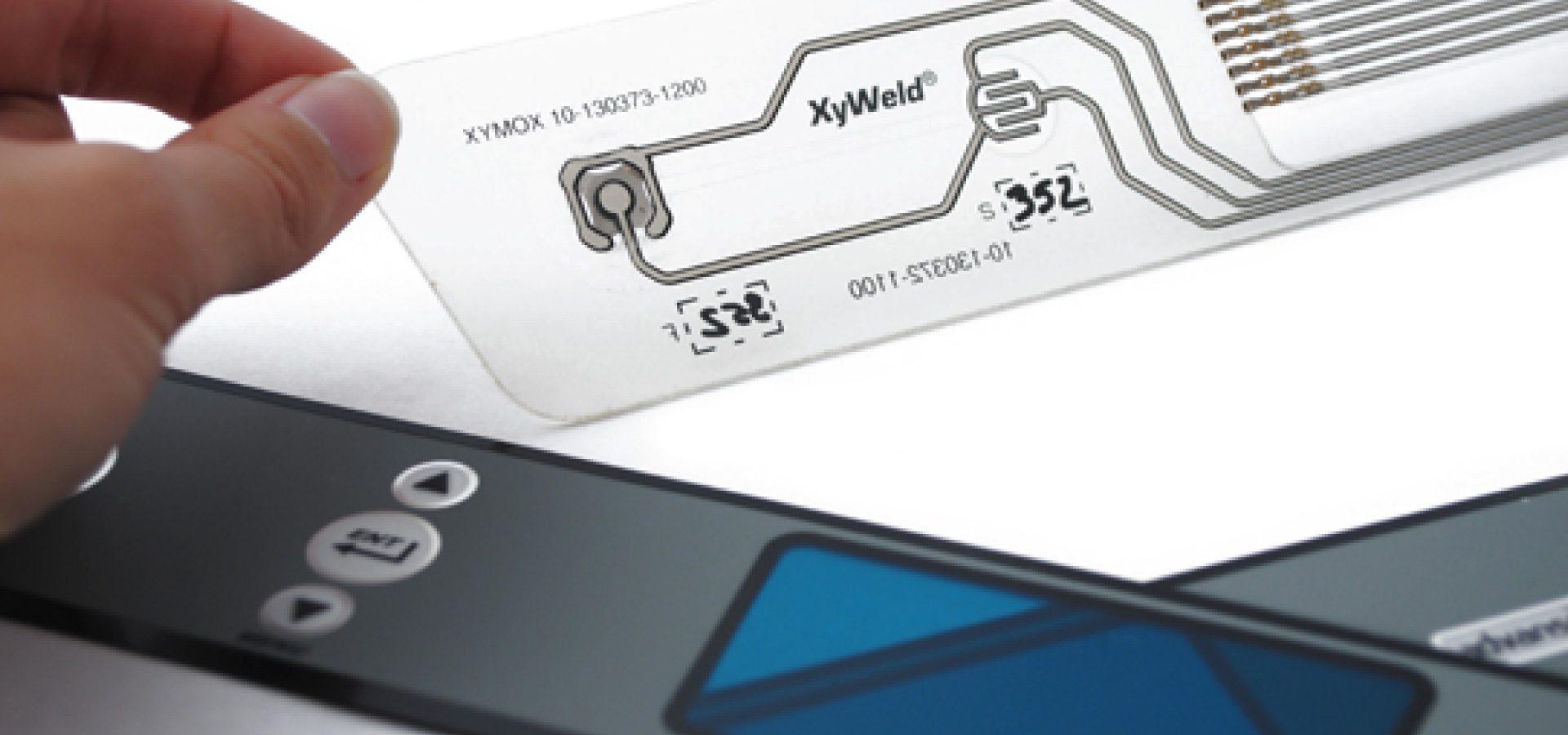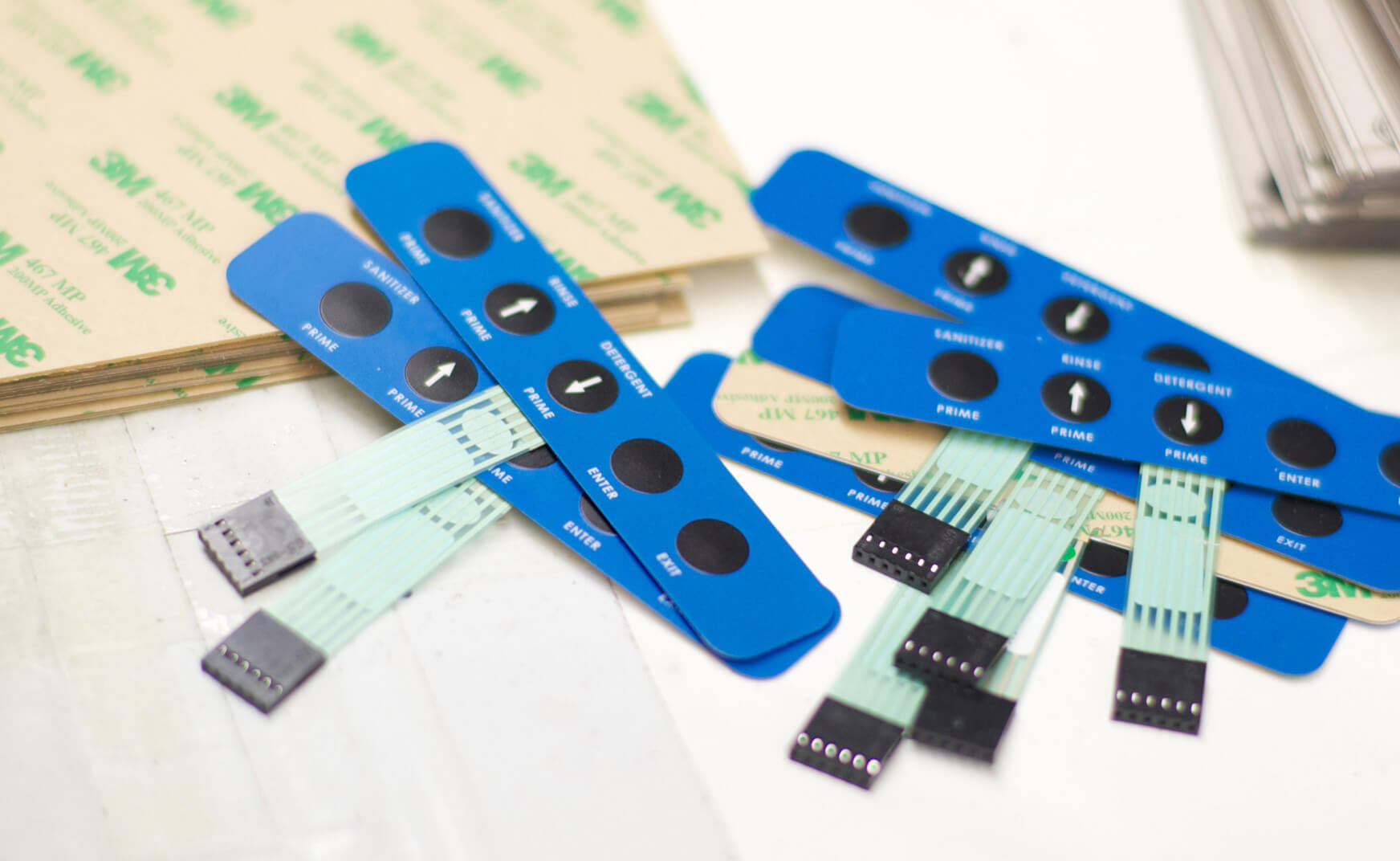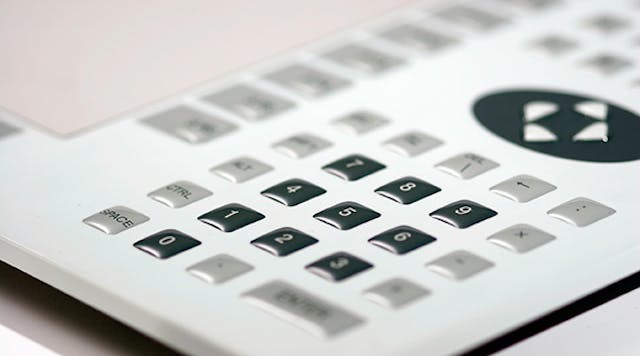Top Applications for Membrane Switches in Consumer Electronics
Top Applications for Membrane Switches in Consumer Electronics
Blog Article
Understanding the Relevance of Membrane Switches in Interface
Membrane switches are important components in the layout of effective customer interfaces, assisting in not just performance but likewise enhancing visual allure and individual communication. Their distinct attributes, such as resistance to environmental variables and adjustable layouts, make them ideal for a diverse variety of applications across several sectors. As we explore the different benefits and future trends related to Membrane technology, it becomes clear that these switches are greater than just elements; they stand for a merging of innovation and functionality. The effects of this technology on individual experience deserve checking out further.
What Are Membrane Switches?

The spacer layer, which has glue residential properties, permits the separation of the circuit layer from the overlay, ensuring that the button stays in a non-activated state until pushed. When stress is put on the overlay, it compresses the spacer layer, linking the space and finishing the circuit in the underlying layer. This style not only reduces the physical room required for traditional mechanical buttons however also boosts the toughness of the device, as Membrane switches are generally immune to dust, dampness, and other ecological aspects.
Commonly located in applications ranging from customer electronics to clinical gadgets, Membrane switches are indispensable to contemporary innovation, supplying a user-friendly and reliable user interface that lines up with modern style needs.
Advantages of Membrane Buttons
While various button technologies exist, Membrane Switches offer unique benefits that make them especially preferable in various applications. Among the main benefits of Membrane switches is their compact design, which enables space-saving implementations in gadgets where actual estate is limited. Their thin account not just enhances visual allure but likewise promotes lightweight building.
An additional substantial advantage is their resistance to environmental aspects. Membrane buttons are usually secured versus dampness, dust, and contaminants, making them suitable for usage sought after environments, such as medical gadgets and industrial devices. This longevity extends the lifespan of the switch, minimizing upkeep expenses and boosting integrity.
Moreover, Membrane buttons can be customized to meet particular design requirements, integrating distinct graphics and colors that improve individual interaction. Their tactile comments choices can also be tailored to offer a rewarding user experience. Additionally, Membrane switches are cost-effective, specifically in high-volume applications, as they can be generated successfully.
Applications in Numerous Industries

In the consumer electronic devices market, Membrane buttons prevail in tools such as microwaves, washing machines, and push-button controls. Their tactile responses and aesthetic alternatives enhance customer experience while offering a streamlined, contemporary appearance. Furthermore, auto makers utilize Membrane buttons in dashboard controls and infotainment systems, where room is limited, and customer engagement is essential.
Additionally, the commercial industry leverages Membrane buttons in control panels for machinery and tools, allowing for user-friendly procedure in typically rough environments. Their resistance to chemicals and wetness ensures durability and integrity in these applications. from this source Overall, the versatility of Membrane Switches contributes substantially to their prevalent use, making them important in numerous technical domains.
Style Factors To Consider for Membrane Buttons

When developing Membrane switches, numerous vital considerations should be considered to make sure optimum capability and user experience. The choice of materials is vital; picking resilient, high-quality substrates find out here can boost the button's longevity and resistance to environmental variables such as dampness and temperature level variations.
Second of all, the style of the graphic overlay should focus on clearness and simplicity of use. Symbols and message need to be readable, and the layout should facilitate instinctive communication (membrane switches). Furthermore, tactile responses is crucial; integrating a tactile dome or other devices can improve the user experience by providing physical verification of activation
One more important variable is the switch's electrical efficiency. Designers have to make sure that the conductive traces are correctly made to lessen resistance and avoid signal disturbance. This includes assessing the needed actuation force and making certain compatibility with the electronic parts they will user interface with.

Future Fads in Membrane Modern Technology
As technology proceeds to advance, Membrane buttons are poised to progress significantly, driven by developments in products and manufacturing methods. One arising trend is the consolidation of innovative materials, such as flexible substrates and conductive inks, which improve durability and decrease the total weight of Membrane switches. These materials not only enhance the responsive response however likewise permit for the design of switches that can stand up to harsher great site ecological problems.
Furthermore, the integration of touch-sensitive innovations is changing standard Membrane Switches right into even more interactive user interfaces. Capacitive touch sensors embedded within Membrane switch panels can offer a much more instinctive and receptive customer experience, aligning with the growing demand for sleek, modern designs in consumer electronics.
Furthermore, developments in printing methods, such as electronic and 3D printing, allow rapid prototyping and modification of Membrane buttons. This adaptability enables makers to react quicker to market demands and consumer preferences.
Lastly, sustainability is becoming a substantial emphasis, with suppliers discovering green products and processes. As these trends unfold, the future of Membrane innovation guarantees enhanced functionality, visual charm, and environmental responsibility, strengthening their function in advanced user interfaces throughout different industries.
Conclusion
In verdict, Membrane Switches stand for a crucial component in the design of customer interfaces, integrating functionality with visual versatility. Their advantages, consisting of sturdiness and resistance to environmental variables, make them appropriate for diverse applications throughout different sectors. Thoughtful design factors to consider enhance customer interaction and experience. As innovations in innovation continue, the development of Membrane switches is anticipated to additional improve individual interfaces, driving technology and enhancing use in an increasingly intricate technical landscape.
Membrane switches are important components in the layout of effective individual interfaces, promoting not only performance however additionally enhancing aesthetic charm and customer communication.Membrane Switches serve as an important element in numerous customer interfaces, facilitating a seamless interaction between individuals and digital tools.While countless button technologies exist, Membrane Switches offer distinct advantages that make them particularly desirable in different applications.Additionally, Membrane switches can be personalized to satisfy certain layout needs, including one-of-a-kind graphics and shades that boost customer communication.In verdict, Membrane Switches represent an important element in the design of user interfaces, combining functionality with aesthetic adaptability.
Report this page